9 materials for finishing the ceiling in the kitchen
The choice of finishing material for the ceiling on the the kitchen should start with the question of what should be the ceiling in this room? So he certainly should wash well, since in the kitchen drops of moisture and fat can fly in any direction, and the ceiling is no exception. is he should not be afraid of moisture, fine tolerate temperature changes and of course be handsome in appearanceso as not to spoil the kitchen interior. All these requirements greatly narrow the search for the ideal material for decorating the ceiling in the kitchen. So which finishing materials are suitable? Consider all the options that are possible in the kitchen, with their pros and cons, so that everyone can make the only right decision for themselves.
No. 1. Whitewash
This method of decoration was one of the most popular in Soviet kitchens, and today it is not so rarely used. The main advantage of this finishing method is maximum low cost. Also with whitewashing absolutely anyone can handle it, especially if you don’t have to carry out work on leveling the ceiling.
But whitewashing is far from the best option for the kitchen, since it does not resist well to all the influences characteristic of this room. You may encounter the fact that after a few months the surface will turn yellow, and you have to carry out the entire finishing procedure again. Also whitewashing afraid of moisture and tends to crumble. If you are ready for such a development of events, then this budget option is right for you.
No. 2. Paint
Another simple and inexpensive finish option, which is also popular. Unlike whitewash, this more durable and practical coatingwhich withstands moisture, heat and can be washed. The main advantages of using paint for decorating the ceiling are:
- saving every centimeter of room height, since the paint is applied in a thin layer and does not take up space;
- low price, which is especially noticeable in comparison with other finishing materials;
- moisture resistant paint is enough easy to care, and some dirt from its surface is easy to remove;
- ease of application and relative ease of repair of the coating. When dirt appears on the surface that cannot be removed, or yellow spots, before applying a new coat of paint, it is better to use white alkyd enamel so that the spots do not appear on the new coating.
The only minus of using paint as a finishing material for the ceiling in the kitchen is that it will not be able to hide surface irregularities. If the ceiling is far from perfect, you will have to plaster it first, grind it and primer it, and only then proceed with painting. You can use gypsum boards to level the surface, but in this way a few centimeters of height will be stolen, and if we are talking about a typical apartment in a high-rise building, you can get a very low and uncomfortable space.
No. 3. Polystyrene tile
Polystyrene tile It is also often used to decorate the ceiling in the kitchen, although, according to experts, it is not considered an ideal coating for it. Despite this, the material boasts many advantages:
- affordable price, namely, on this parameter with repair work most of us are giving priority;
- quick and easy installation, which almost anyone can handle, because you just have to glue the finished light plates to the ceiling surface;
- slabs can be painted in any colorand then repaint, and correctly selected paint gives the surface additional useful operational qualities.
The choice of polystyrene plates today is quite extensive, so you can find a suitable relief. At the same time, it’s better to choose for the kitchen laminated tiledue to which the coating receives better protection against moisture. The color options for such tiles are also many: from solid colors to simulate the texture of wood and marble.
Before deciding on a material that seems cheap and quite practical, it is worth remembering that the surface of the ceiling should not have serious differences or defects, otherwise gluing polystyrene tiles will be impossible. Many designers note that the decorative properties of such tiles are not very high, but in this case you can always argue, because everyone has different tastes. Also, polystyrene tiles are considered not the best material in terms of fire safety, so the coating can be combined with other options or provided between cooking stove and ceiling hood.
Number 4. Drywall
Today, drywall is used everywhere, and the scope of its application is growing every year. For ceilings in the kitchen, the material has been used for a long time and has managed to prove itself perfectly. This is one of the best options for finishing the ceiling in this room, because it has a lot of advantages:
- no need to carry out preliminary laborious work by leveling the surface. Drywall saves even in those cases when the surface of the ceiling is very uneven, has cracks and other flaws, because they all hide under a perfectly flat and smooth surface of drywall;
- under gypsum board you can arrange additional sound or thermal insulationpave communications;
- drywall can be mounted so that get a multilevel and even curved design, which will add a twist to the interior and help create a truly unique kitchen design, zoning it, making spot lighting;
- moisture resistant drywall, and this is exactly what is needed for the kitchen, it tolerates high humidity and direct moisture directly onto it, and in addition, it is not afraid of fire and has high sound insulation indicators;
- regarding quick and easy installation;
- environmental friendliness;
- low price of material.
But with all these advantages, drywall, like all suspended structures, has a significant drawback is the reduction in room height. If the kitchen is already not high enough, then you should think many times before deciding on this type of finish. It is also worth noting that the drywall itself does not have high decorative qualities, but it is quite simple to paint or plaster it. You can create a whole picture with paint, add proper lighting - And your kitchen will become a stylish, bright and comfortable room, which is nice not only to cook and dine, but also just gather with the whole family. For painting, it is better to choose acrylic paint., which shows itself much better in terms of performance, because it is very easy to wash. You can also find another drawback with drywall - the inability to retain moisture, if suddenly the neighbors from above flood you.
No. 5. Rack ceiling
Another type of suspended ceiling, which means that some of the advantages and disadvantages of such a ceiling will be common with the previous version.Due to the fact that it is necessary to equip the frame on which the structure is mounted, the height of the kitchen will decrease, but the space under the ceiling can be used to mask wires and other communications.
Advantages of rack ceilings mass:
- water resistance - The main condition for kitchens, because aluminum is completely resistant to corrosion;
- resistance to high temperatures and to temperature jumps;
- the material is light enough, which simplifies the installation process, so with some skill and little experience in repair work, you can even cope on your own;
- the easiest careas this material is not susceptible to mold or mildew. Periodically, it will be necessary to clean the surface of the collected fat, dust and soot;
- durability;
- variety of possible colors, which makes the rack ceiling not only practical, but also very aesthetic. In addition, you can organize a multi-level ceiling and use spot lighting;
- reasonably low price, especially considering all the described advantages, which makes the rack ceiling one of the most successful and suitable options for the kitchen.
In fairness, it is worth noting that the rack ceilings also there are minuses. So, between the individual elements of the system, seams are formed in which dirt can accumulate, but the problem is eliminated only by regular and constant cleaning. If any part of the ceiling is damaged, then replacing it will require partial dismantling of the entire finish, but this will not be difficult, given the lightness of the material.
No. 6. Stretch ceiling
Stretch ceiling - Another good option for the kitchen. Today stretch ceiling they are not used often because of their cost, but their numerous advantages overlap this disadvantage. So, the strengths of suspended ceilings include:
- durability and practicality;
- hygiene, since such a coating is very easy to care for;
- beautiful appearancesince stretch ceilings can have any color or pattern, be matte or glossy, they can be used to create multi-level structures, integrate spotlights, etc .;
- suspended ceilings - the only material that not afraid of the flood: if the neighbors from above flood you, then you should not worry, because all the furniture, appliances and decoration will remain the same, and the craftsmen will only gently merge the water that has accumulated over the stretch ceiling;
- material not afraid of sunshine and the effects of chemicals;
- quick installationbut do not execute it yourself. During the installation of suspended ceilings, mountains of dirt and debris are not formed;
- no need for surface preparation.
In addition to the price, this material has other disadvantages.. So, he also steals a few centimeters of height, but if the surface is glossy, then it will visually expand and make the room taller.
Number 7. Wallpaper
Not so popular, but a good option for arranging the ceiling in the kitchen. Naturally, to choose for such a finish you need moisture resistant and washable wallpaper, and the best option will be culletwhich can also be painted. Advantages of wallpaper weight:
- low price finishes;
- ease of installation;
- wallpaper do not steal the height of the room;
- some types of wallpaper, but mainly cullet, not afraid of moisture, grease, and when painting them with moisture-resistant paint we get a surface that can be washed quite simply;
- cullet fireproof, strong, durableare able to additionally reinforce the ceiling;
- if this wallpaper for painting, then in the future you can choose any color and change it depending on the change of interior.
Still, wallpaper can not be called the most durable option, but they will serve faithfully for more than one year.It is worth noting that you have to tinker with leveling the surface of the ceiling: some cracks in the glass can hide, but large cracks and holes - no.
Number 8. Plastic panels
Plastic panels today are considered one of the most suitable materials for decorating the ceiling in the kitchen. They boast such benefits as:
- durability:
- practicality;
- ease of installation and care;
- absolute moisture resistance;
- opportunity mount spot lighting in plastic panels, due to which to get a modern functional interior, or divide the room into zones;
- huge assortment colors;
- like any suspended structure, plastic ceilings can hide communications and some defects in the ceiling.
Plastic ceilings a bit reduce the height of the kitchen, and if the original ceilings are very uneven, then the decrease will be significant. The option with white plastic, which is most often the cheapest, gives the kitchen a slightly official look.
No. 9. Plaster
Plaster, despite the emergence of many new types of finishing materials, has not lost its popularity, because this is an excellent option for finishing a small kitchen. The advantages of plaster mass:
- relative cheapness, since most compounds are not so expensive. If you do all the work yourself, the cost of repair is still reduced;
- the layer of plaster usually does not exceed 3 cm, therefore not able to significantly make the room lower;
- opportunity apply the solution to any type of surface - you just need to choose the right composition and think over the sequence of work;
- environmental friendliness and safety for health, because plaster does not emit any harmful substances or toxins;
- using decorative plasters you can create a unique interior in the kitchen, and if you use Venetian plaster, the room will be transformed beyond recognition, will acquire a touch of luxury.
But there are some disadvantages. Process plastering - quite time-consuming, so if you are not confident in your abilities, it is better to entrust all the work to the master. It is also worth noting that the plastered ceiling is difficult to clean.
In conclusion
Which option to finish the kitchen ceiling to dwell on depends on everyone: someone appreciates maximum practicality, someone pushes off the price, and someone puts decorative qualities in the first place. The value of such an extensive selection of finishing materials lies in the fact that everyone will be able to choose the best option.

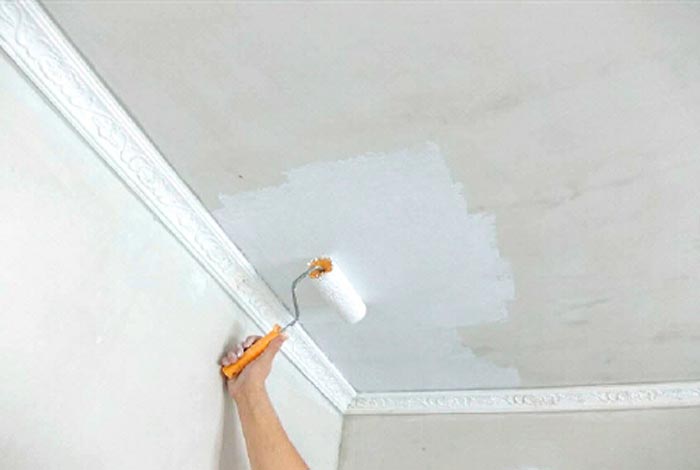
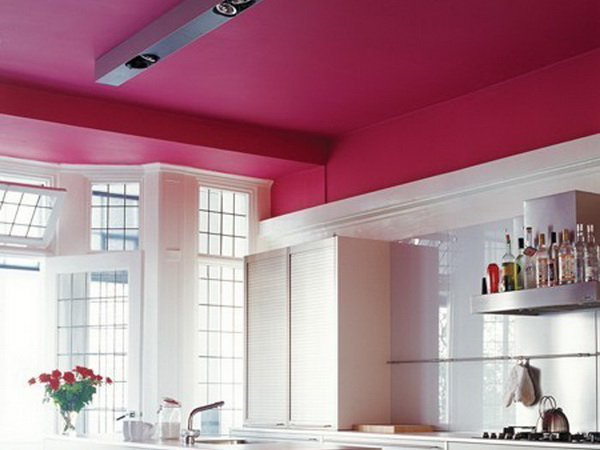
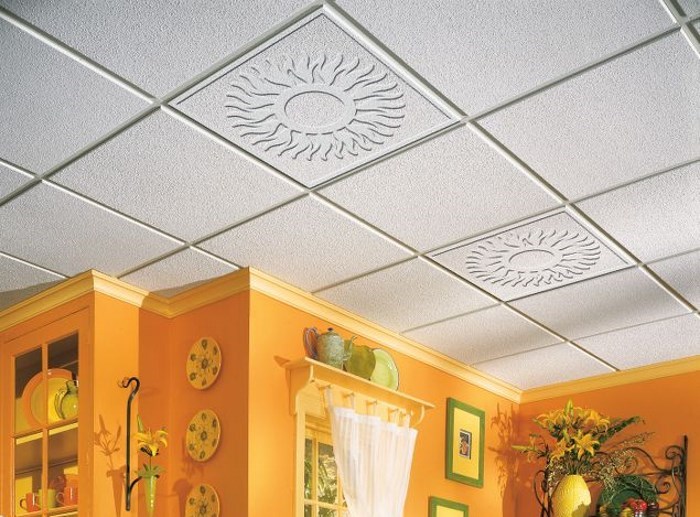
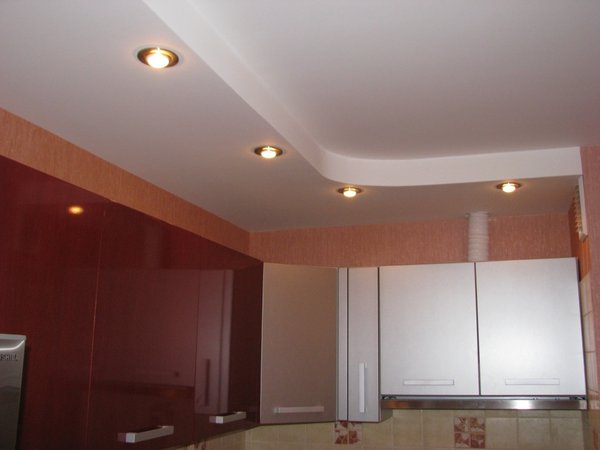
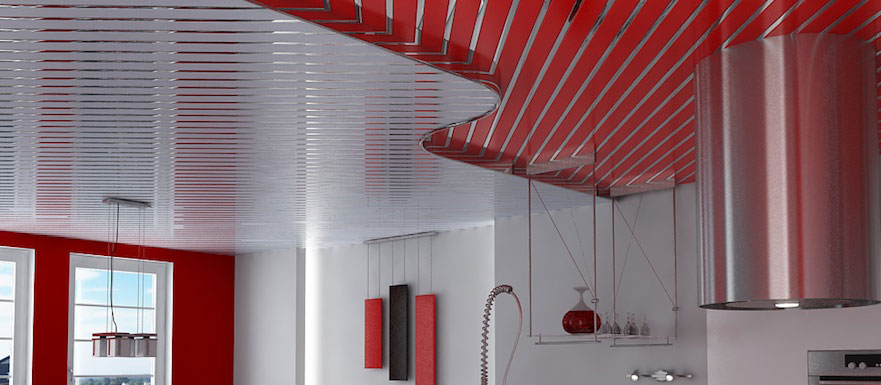
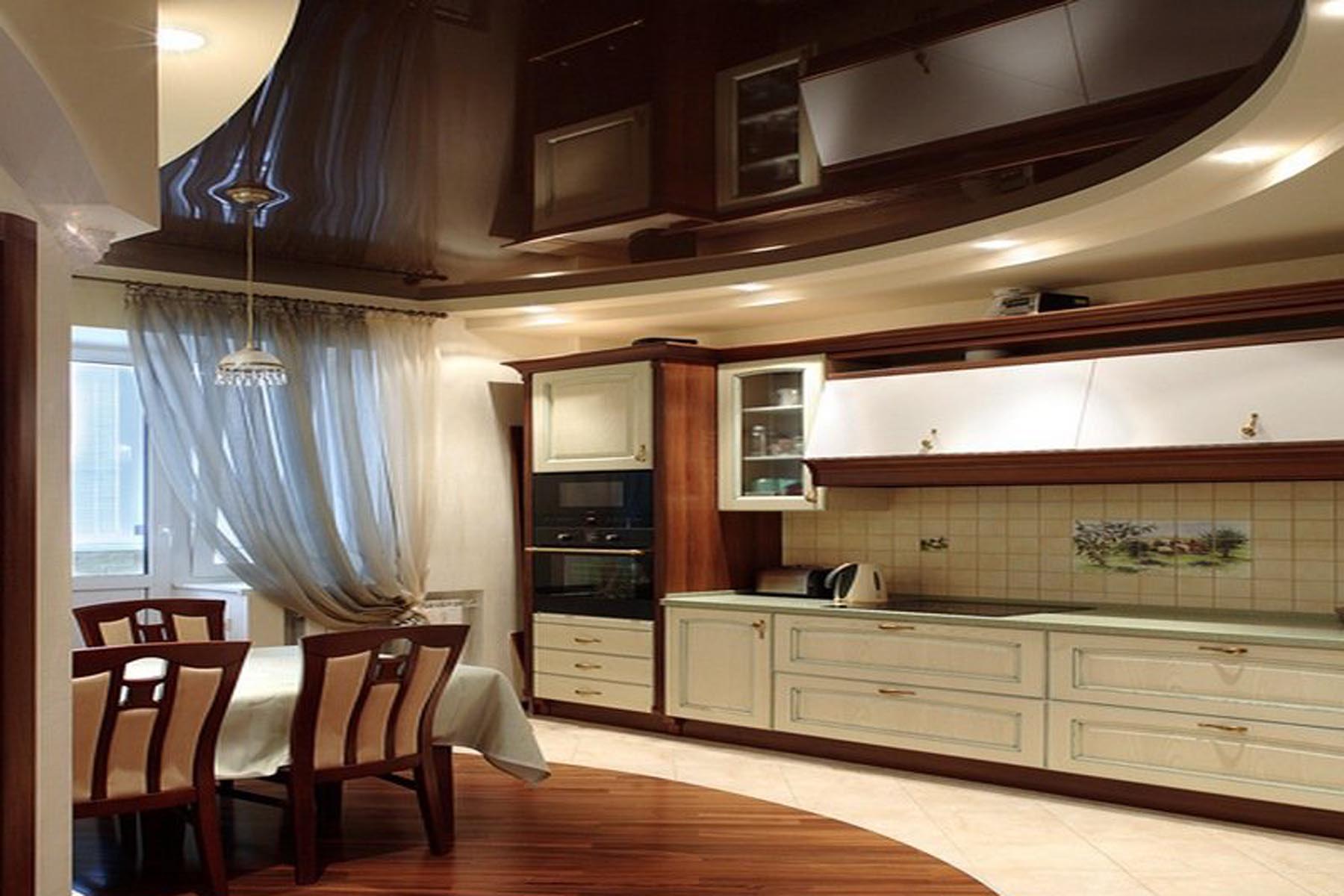
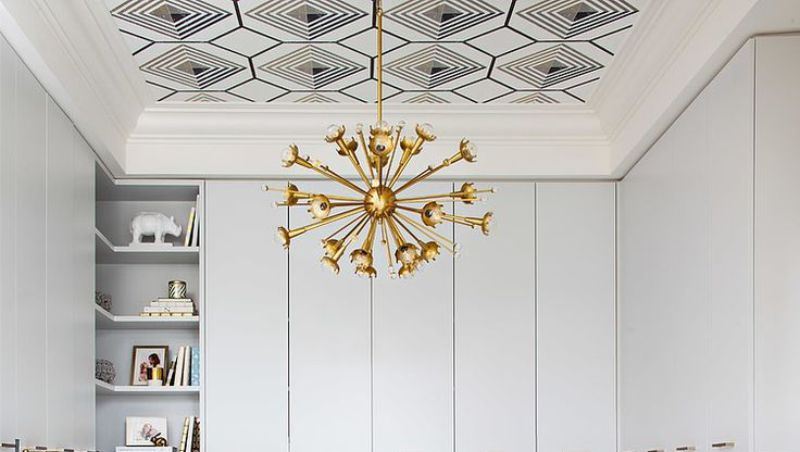
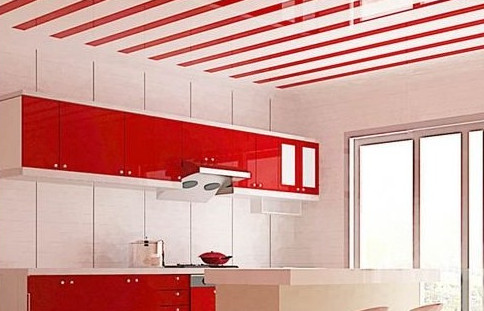
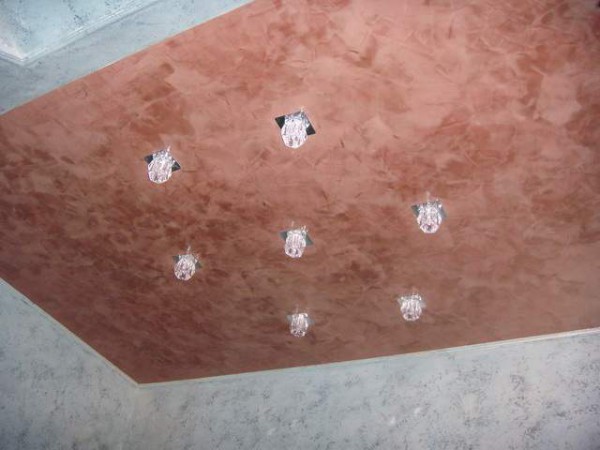
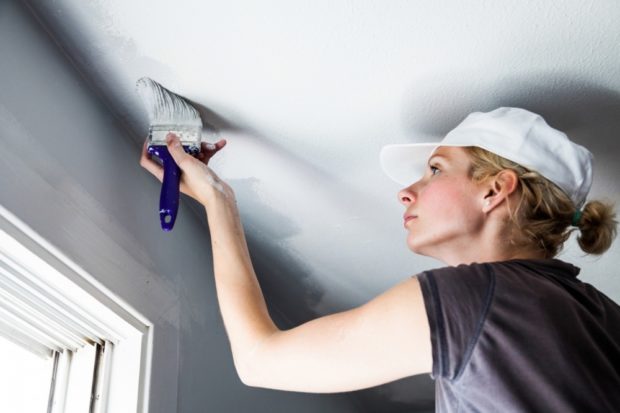
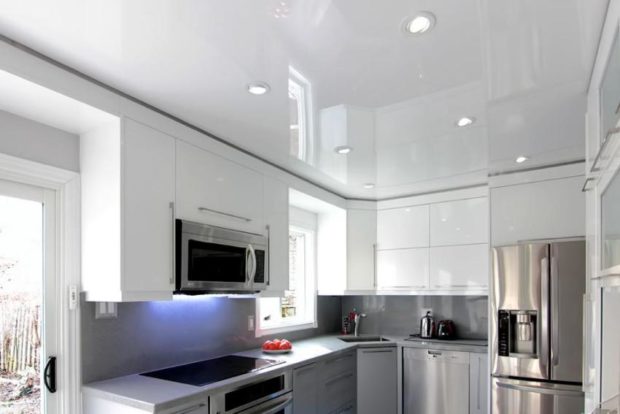
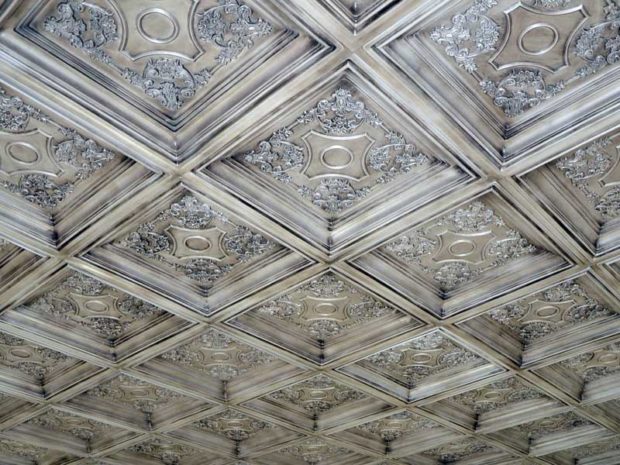
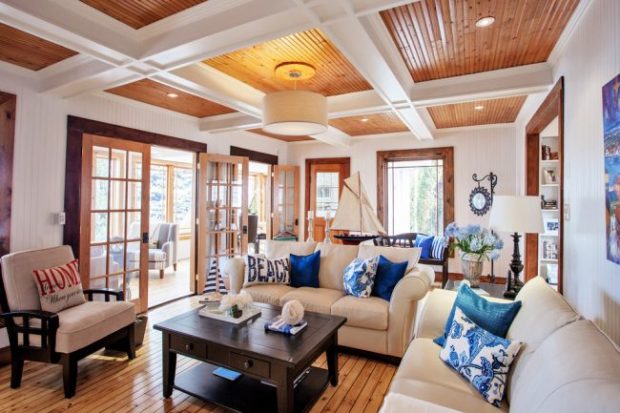
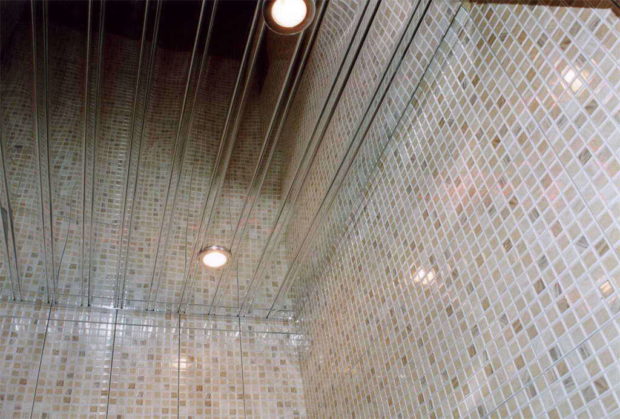
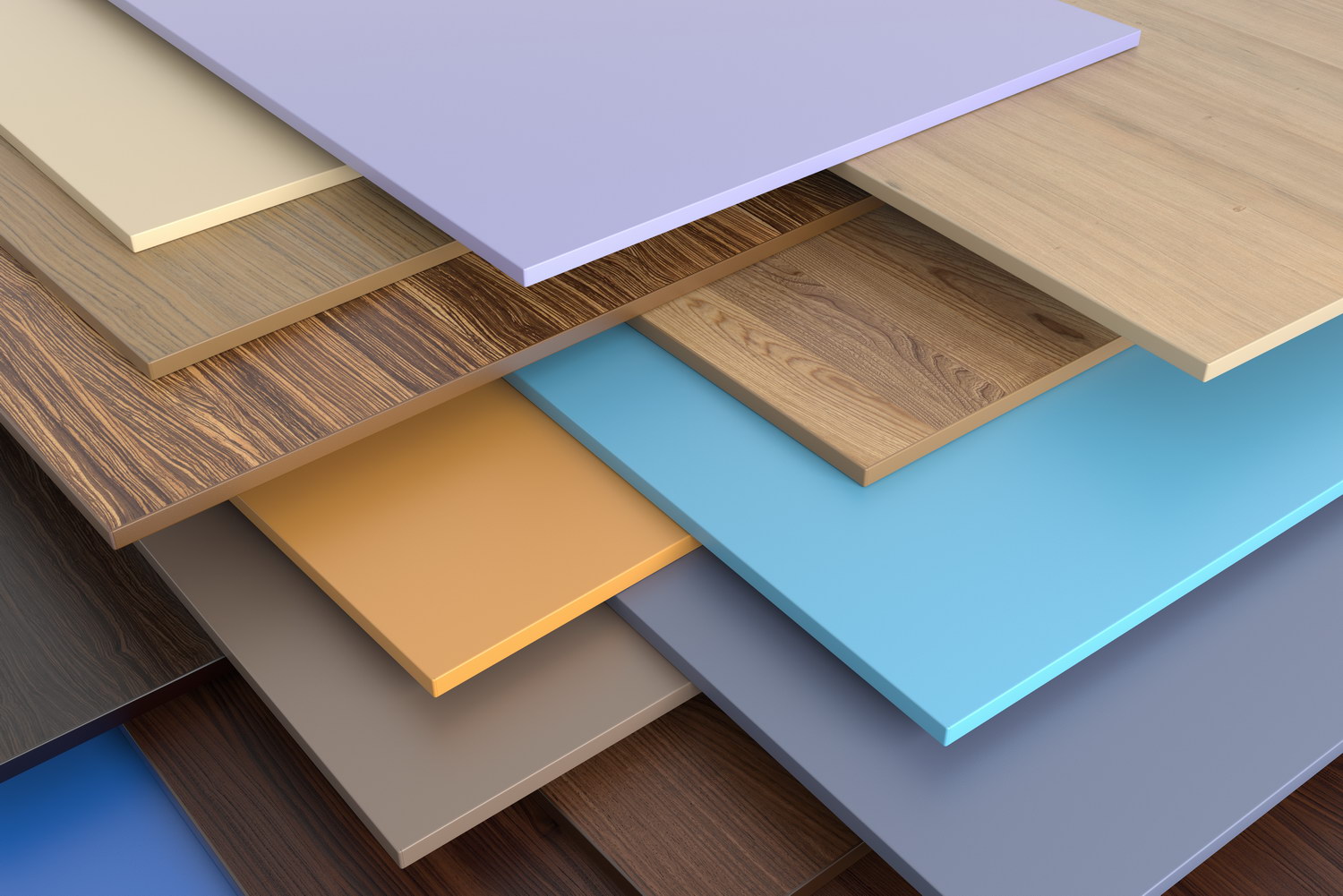
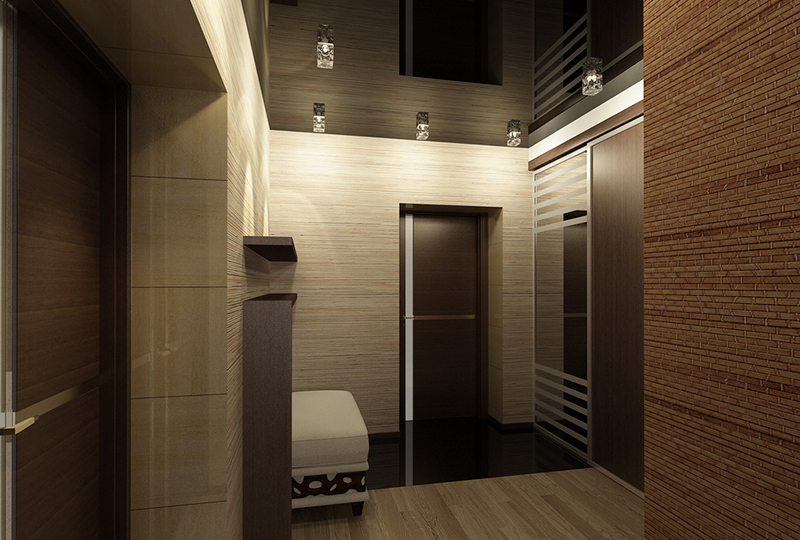
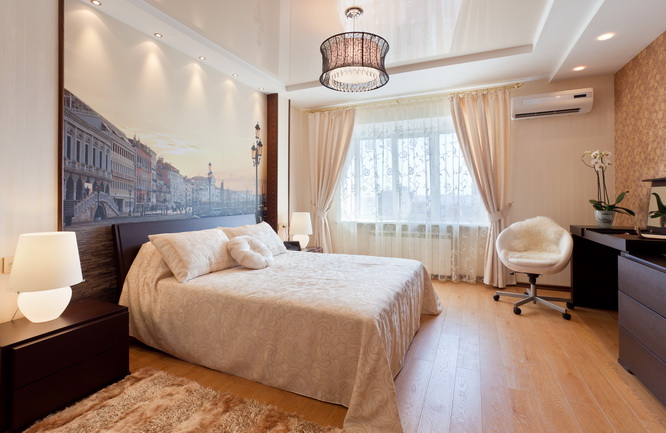


Class! Thanks!